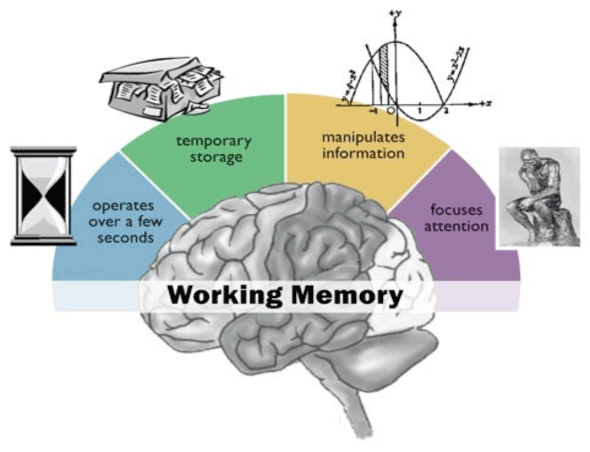This
research by scientists provides a clearer explanation of how memory
works. It can also inform research into disorders liked Parkinson's,
Alzheimer's, post-traumatic stress and learning disabilities.
Over
the past few decades, scientists have revealed a lot about long term
memory storage. For significant events, being bit by a cat—a number
of proteins are quickly made in activated brain cells and create new
memories. This series of biochemical events allow us to remember
important details about that event.
While
much is still unknown about sleep, research suggests that important
memories from the day are often transported through the brain, it is
moved from temporary storage to more long-term storage. Researchers
observed most of this memory formation in non-dreaming sleep. Not
much is known about if and how memory packaging is done during
dreams.
Scientist
O'Donnell states "During sleep there's a reorganizing of
memory—you strengthen some memories and lose ones you don't need
anymore.”
NOS THEMES:
Science is collaborative: Terry Seinowski and Howard Hughes worked together to research memory and it's correlation with sleep.
Role of motivation and curiosity: Scientists are interested in finding out more about the components of memory.
LINK
http://www.biologynews.net/archives/2014/04/16/scientists_explain_how_memories_stick_together.html

No comments:
Post a Comment